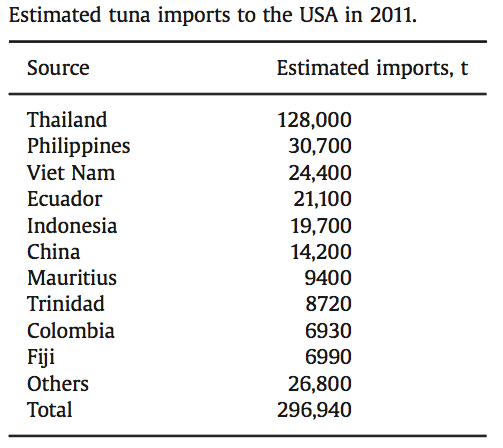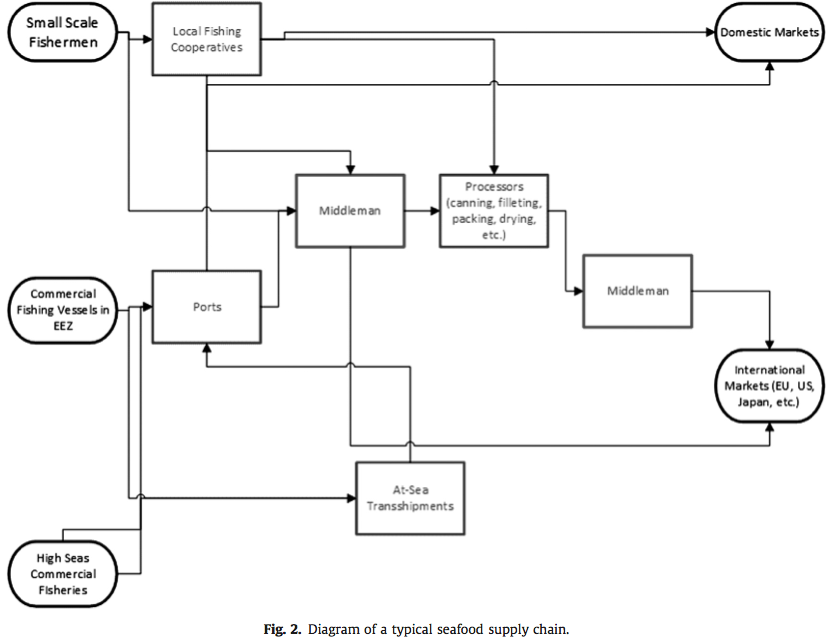Sushi shouldn’t be served in a bento box. If restaurants were honest about it, the fish would come stuffed in a cartoon burglar’s black sack—with a contraband sand dollar glued to its side.
Between a fifth and a third of the wild-caught seafood imported into the United States was caught or trafficked illegally, according to the findings of an exhaustive study. Billions of dollars worth of shrimp, salmon, crab, and other marine life is sold in America after being harvested illegally, sold sans paperwork, or traded without required government oversight. It is effectively stolen away from ecosystems and law-abiding fishing fleets, complicating any progress toward industry sustainability.
Each American eats an average of 15 pounds of seafood every year—among the most in the world. A staggering nine-tenths is imported, often caught or processed in poor countries where the enforcement of conservation laws is miserly.

Researchers scoured nearly 200 papers, reports, and data sets and interviewed experts and officials worldwide for information on a handful of popular seafood varieties. They were attempting to do the impossible: Track the global trade from fisheries to American dinner plates. They extrapolated their findings from those fisheries to assess the nation’s total illicit seafood diet. What they found was a web of tangled supply chains, unscrupulous middlemen, illegal fishing fleets, enslaved and indentured workers, and naive buyers.
“A significant amount of fish is imported to the USA by first passing through one or more intermediary countries for post-harvest processing,” they write in the paper, published online Saturday in the journal Marine Policy. “These additional steps introduce additional challenges to traceability and allow for the mixing of legally- and illegally-sourced fish, where illegal fish may be essentially ‘laundered.’”

Overall, the researchers estimate that Americans spent between $1.3 billion and $2.1 billion in 2011 on illegal seafood imports—enriching criminals while sinking hopes that global fisheries could be managed sustainably in the absence of radical reform.
“Scientists strive to set catch levels that will sustain ocean resources, but their efforts are overrun where the profitability of illegal fishing is unconstrained,” says paper co-author Katrina Nakamura, founder of the Sustainability Incubator, a fisheries consultancy based in Hawaii.
In the paper, the authors write that existing American laws could be used to clamp down on the problem—but that they’re “not well designed for today’s massive global seafood trade.” Nor are they sufficiently enforced.
Customs officials check just two percent of the seafood entering the country, the researchers say—and even then they are on the lookout for food safety or labeling violations, rather than violations of the Lacey Act, for example, which is a 114-year-old conservation law that restricts trade in fish and wildlife.
And the researchers point out that the private sector could impose its own procedures to reduce the amount of illegal fish bought and sold in America. But, with some notable exceptions by responsible restaurants and large corporations, it has failed to do so.
“It’s an era of global overfishing and overexploitation of marine resources,” Nakamura says.




